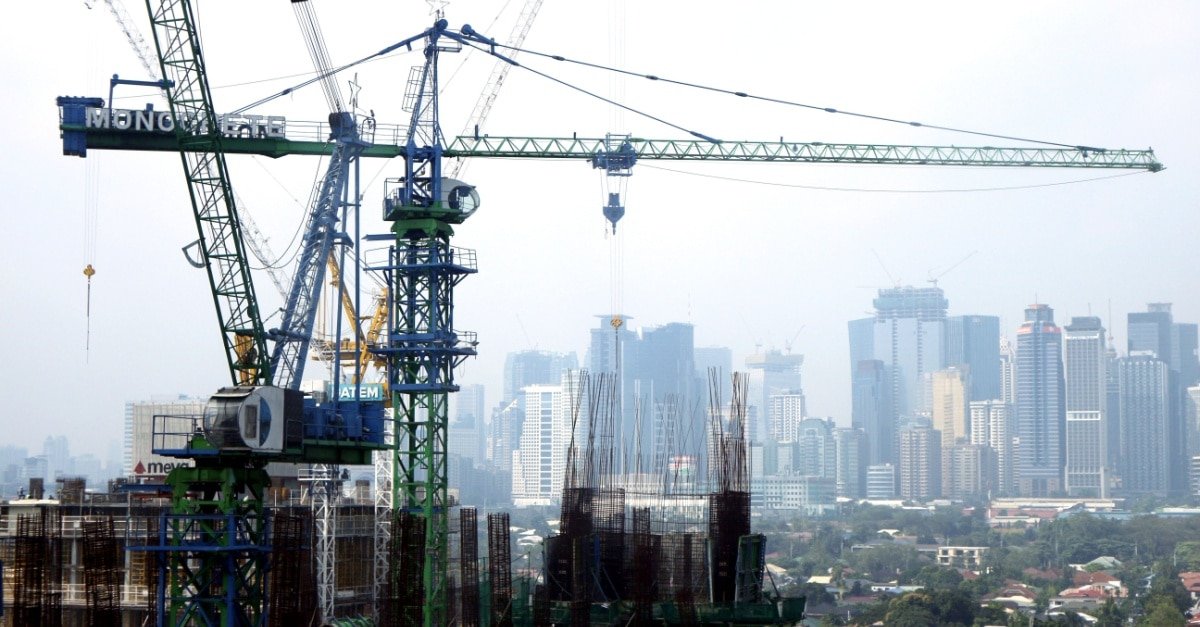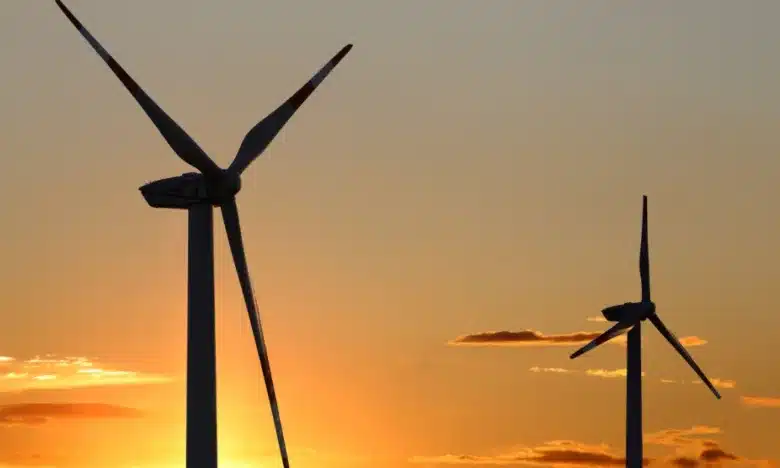
Why We Should Demand Efficiency from Distribution Utilities
- May 6, 2025
The Philippine economy is expected to expand steadily in the coming decades, fueled by a growing population and rising development needs. In line with this momentum, the Philippine Energy Plan (PEP) 2023–2050 projected that electricity sales would surge to more than four times their 2022 levels by 2050, reflecting an average annual growth rate of 5.5%.
However, as energy demand rises, concerns about the reliability of the country’s power infrastructure have deepened. In early 2024, a major outage across Guimaras, Panay parts of Negros Occidental left areas without electricity for over 20 hours, resulting in a revenue loss of P3.8 billion. Classes and work were suspended, and full restoration took nearly a week, prompting the Iloilo City mayor to call for a congressional investigation.
Similarly, Occidental Mindoro has faced its own prolonged power struggles. Since 2023, the province has endured daily blackouts lasting up to 20 hours, forcing the Provincial Board to declare a state of calamity.
The economic toll of power outages is hard to ignore. Data from the Philippine Independent Power Producers Association (PIPPA) show that every five hours without electricity costs the country around 500 megawatts (MW) in lost capacity, translating to roughly P556 million in financial setbacks.
(Also read: Baseload Power Plants: What They Are and Why We Need Them)
The essential role of distribution utilities
Electricity delivery in the Philippines is a multi-step process involving both transmission and distribution. While the National Grid Corporation of the Philippines (NGCP) manages long-distance transmission from power plants, delays in grid expansion have at times slowed access to power. At the same time, distribution utilities face their own challenges—from outdated infrastructure to system losses—hindering efficient delivery to consumers. Both segments play pivotal roles, and shortcomings in either can disrupt service reliability.
Without efficient DUs, even plentiful energy would fail to reach those who need it, undermining overall energy security.
According to Strategic Advisor and Governance Reform Advocate Victor Andres C. Manhit, Philippine utility companies are authorized to operate under franchises granted by Congress and endorsed through executive approval. “By the nature of the services they provide, utilities — distribution utilities in particular — engage in businesses that must be viable investments, yes, but above all, they exist to serve the public good,” he wrote.
Manhit highlighted that DU franchises are not simply operational licenses; they are “a public trust that demands continuous investment in infrastructure, system reliability, and consumer protection.” Holding a franchise is a privilege earned through a proven commitment to energy security, consistent performance, and proactive solutions to issues affecting electricity delivery and service standards,” he stressed.
However, DUs vary significantly in both capacity and performance. They differ in their ability to fulfill their operational responsibilities, particularly in providing reliable electricity and meeting customer expectations.
Are electric cooperatives fulfilling their mandate?
Electric Cooperatives (ECs) in the Philippines are member-owned, non-profit utilities that provide electricity to rural and underserved areas. Established under the National Electrification Administration (NEA) in 1969, ECs were created to ensure equitable access to power in regions where private companies were not viable. However, many still face challenges with operational inefficiencies, financial sustainability, and service reliability.
-
Frequent Outages & Poor Service
ECs serving Cebu, Samal Island, Siargao, and Puerto Galera Siargao have faced criticism for prolonged blackouts, voltage fluctuations, and inadequate customer support, leading to business closures and financial losses in tourism hubs.
-
Underinvestment in Infrastructure
Electric cooperatives (ECs) in Panay and Guimaras have allocated only 3.1% to 3.7% of their total capital expenditures from 2022 to 2024 toward infrastructure development—a figure deemed barely sufficient even for basic maintenance. This raised concerns about their ability to modernize and meet growing energy demands.
-
Unliquidated Subsidy Funds
NEA was flagged for failing to monitor rural electrification efforts, resulting in approximately ₱992 million in unliquidated subsidy funds as of December 2023, indicating delays in project completion and fund utilization.
-
Continued Subsidy Reliance
Despite receiving substantial government subsidies over the years, ECS have been criticized for inefficiencies and poor performance, with some areas experiencing persistent outages and system losses.
-
Extensive Financial Losses
At least 24 ECs reported significant financial losses following Typhoon Kristine in October 2024, with over ₱70 million in damage to power infrastructure, highlighting vulnerabilities in disaster preparedness and response.
-
Political Endorsements
Advocacy groups have raised concerns over ECs engaging in political endorsements and allowing political figures to participate in assemblies, diverting focus from their core mission of providing reliable electricity.
-
Resistance to Industry Consolidation
Efforts to consolidate ECS have faced opposition from workers’ unions, fearing job losses and the dissolution of unions, despite arguments for improved efficiency and service delivery.
(Also read: Are Electric Cooperatives Still Relevant Today?)
Power distribution: a serious responsibility
ECCP-Southern Mindanao Business Council Chairman Tony Peralta expressed concerns that while ECs have fulfilled their original purpose, they are now struggling to keep up with the rapid development of rural areas.
“Most impoverished or economic backwaters in the country, like those in Mindanao, are served by electric cooperatives,” he said. “Electric cooperatives have outlived their primary purpose more than 50 years ago. They should beef up or risk becoming obsolete. They cannot shore up their service in their current state of affairs.”
During a 2024 Senate hearing, Senator Grace Poe questioned whether ECs, such as the Central Negros Cooperative (CENECO), have the financial and technical capacity to meet the growing demands of modernizing areas.
She pointed out that while cooperatives were once key to rural electrification, they may now lack the expertise and resources to support evolving urban development. “Unfortunately, cooperatives may not have the technical knowledge or the corporate competence to be able to supply the power needed in those areas,” she observed.
Meanwhile, the Philippine Institute for Development Studies (PIDS) considers ECs “at the heart of these outages.” It stated, “It’s time to acknowledge that the outdated infrastructure, lack of investment in renewable energy, and resistance to regulatory reforms are not just internal issues but are contributors to the economic bleed-out of the localities they serve.”
However, Manhit emphasized that the expected efficiency improvements apply not only to ECs but also to private DUs.
He said that, though Meralco’s franchise extension was granted for valid reasons, the new 25-year mandate underscores the company’s need to evolve. To deliver quality service, Meralco must move beyond its past accomplishments and prioritize ongoing growth and innovation.
“Energy security is essential to powering our country’s economic aspirations,” he wrote. “It is the DUs’ strategic responsibility to be a key enabler of growth by ensuring reliable and accessible power to all households and industries — an essential foundation for sustained national development and economic competitiveness.”
Sources:
https://www.pna.gov.ph/opinion/pieces/857-advancing-sustainable-energy-for-ph
https://icrs.gcg.gov.ph/profiles/nea/
https://dailyguardian.com.ph/panay-power-grid-at-risk-due-to-underinvestment-by-electric-coopsys
https://tribune.net.ph/2023/12/electricity-subsidies-to-electric-coops-a-never-ending-burden
https://businessmirror.com.ph/2024/10/31/erc-24-electric-coops-sustain-extensive-loses
https://www.wazzuppilipinas.com/2025/03/pare-calls-for-electric-cooperatives-to.html
https://www.manilatimes.net/2024/08/30/regions/takeover-of-electric-cooperatives-opposed/1967777



